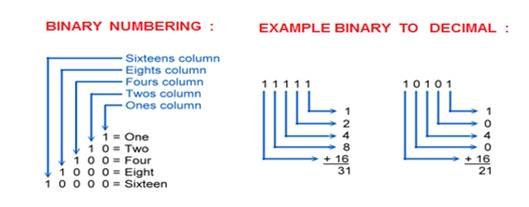
Computers use the binary number system primarily because it’s well-suited to the physical nature of electronic devices and circuits. Here are several reasons why:
Simplicity:
Binary has only two digits, 0 and 1, making it straightforward to represent electrical states (off/on, low/high voltage). This simplicity is ideal for the design and implementation of electronic circuits.
Reliability:
Electronic components can easily differentiate between two voltage levels, which corresponds to the binary digits 0 and 1. This clear distinction between states enhances the reliability of data storage and processing in digital systems.
Scalability:
Binary representation allows for easy expansion and scalability. By adding more bits, computers can represent and process a wide range of values with precision. This scalability is essential for handling the vast and varied data encountered in computing tasks.
Logical Operations:
Binary logic aligns naturally with the principles of Boolean algebra, which forms the basis for digital circuit design. Logical operations like AND, OR, and NOT are easily implemented using binary digits.
Compatibility:
Binary is compatible with the underlying physical processes in electronic devices, such as transistors, which can be in one of two states. This compatibility simplifies the translation between the digital world of computers and the physical world of electronic components.
Error Detection and Correction:
The binary system facilitates error detection and correction mechanisms. With only two states, it’s easier to detect discrepancies and correct errors that may occur during data transmission or storage.
Memory Efficiency:
Binary representation is memory-efficient. It allows for the compact storage of information, which is crucial in the limited memory space of electronic storage devices.
In summary, the binary number system is foundational to the operation of computers because it aligns seamlessly with the electronic and logical principles that underlie their design and function.
